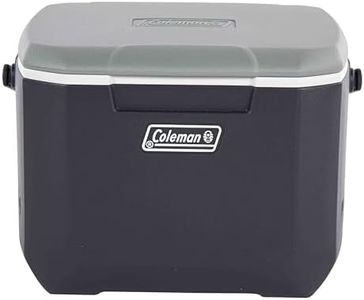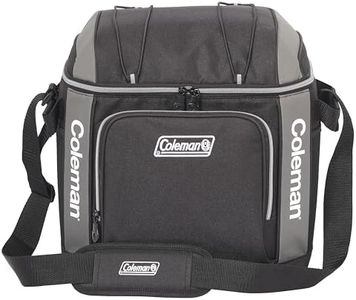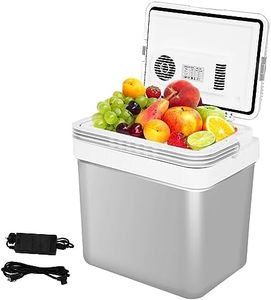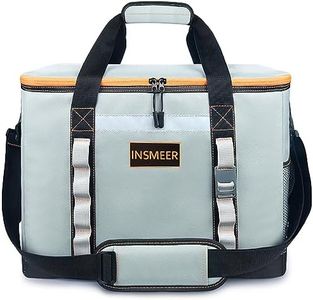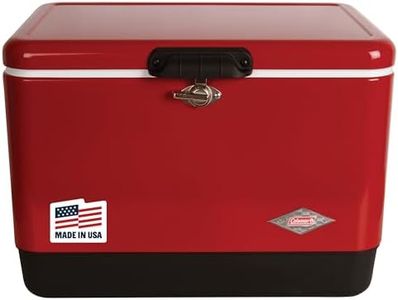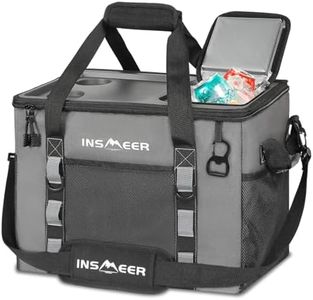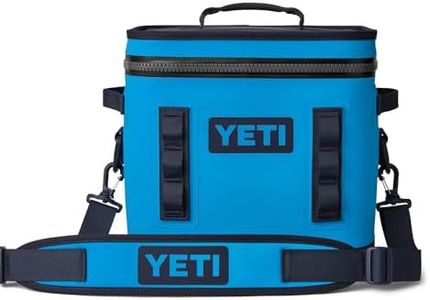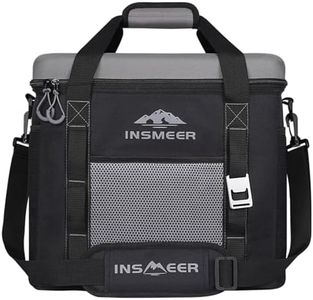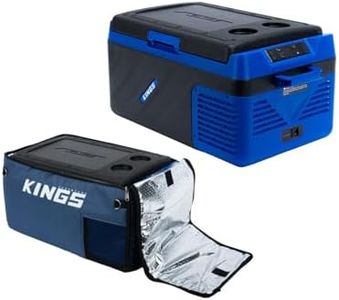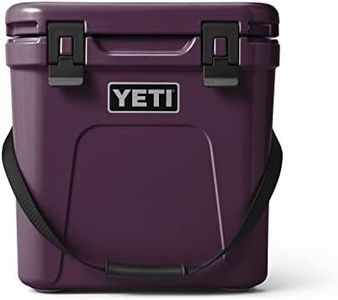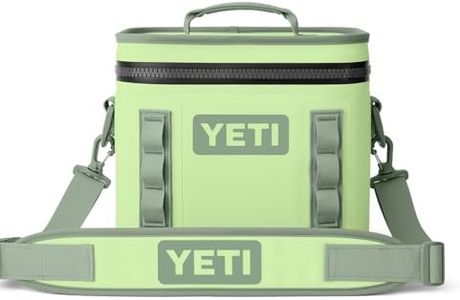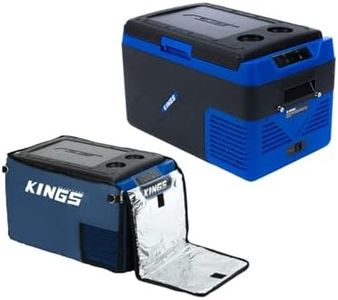We Use CookiesWe use cookies to enhance the security, performance,
functionality and for analytical and promotional activities. By continuing to browse this site you
are agreeing to our privacy policy
10 Best Camping Coolers
From leading brands and best sellers available on the web.Buying Guide for the Best Camping Coolers
Choosing the right camping cooler means finding a balance between how much it can hold, how long it keeps things cold, how easy it is to move, and how much it matches your typical style of camping. The perfect cooler for you depends on your trip length, the number of people you’re packing for, whether you’re car camping or hiking to your spot, and the climate you’ll be in. By understanding what matters most for your adventures, you can pick a cooler that won’t let you down out in the wild.CapacityCapacity refers to how much the cooler can hold, usually measured in quarts or liters. This is important because the size of your group and the length of your trip determine how much space you’ll need. Coolers are often grouped into small (personal, for a lunch or a day trip), medium (for weekend trips or two to three people), and large (for longer trips or bigger groups). Pick a size that fits your typical needs—too small means you won’t fit your supplies, too big drains space and can be unnecessarily heavy.
Ice RetentionIce retention describes how long the cooler can keep ice from melting, usually in days. This matters if you’re camping for more than a night or don’t have easy access to new ice. Basic coolers may keep ice for a day or two, while high-performance models can manage up to a week in good conditions. Think about how long you’ll be away from civilization; if it’s just a day, basic retention is fine, but for multi-day trips, lean toward models with thicker insulation and better seals.
PortabilityPortability covers how easy a cooler is to move around, influenced by weight (when empty and full), handles, and wheels. Heavier coolers may be fine if you don’t need to carry them far (like at a drive-in campsite), while lighter or wheeled coolers are much easier for solo campers or walk-in sites. Match the portability with your camping style—if you’ll be hauling your gear any distance, prioritize something lighter or with reliable wheels and comfortable handles.
DurabilityDurability is about how tough the cooler is—can it handle rough travel, exposure to the sun, and the rigors of outdoor use? Some coolers are made of basic plastic best for gentle use, while others are built with heavy-duty materials and latches. If your cooler will get tossed in and out of vehicles or need to resist wildlife, opt for more rugged construction. For light family outings, a less robust cooler could be just fine.
Ease of CleaningEase of cleaning matters because spills and melted ice are inevitable. Some coolers have smooth, drainable interiors or removable liners, making them much easier to rinse out and dry. If you plan on packing lots of different foods or expect to use your cooler often, a model with simple cleanup features saves you effort in the long run.
Additional FeaturesAdditional features include things like built-in cup holders, fish rulers, compartments, or locking points. While these aren’t necessary, they can make your camping experience more convenient. Think about which extras fit your needs—if you like organized packing, dividers or baskets might be helpful; for security or wildlife, locks are worth considering.
